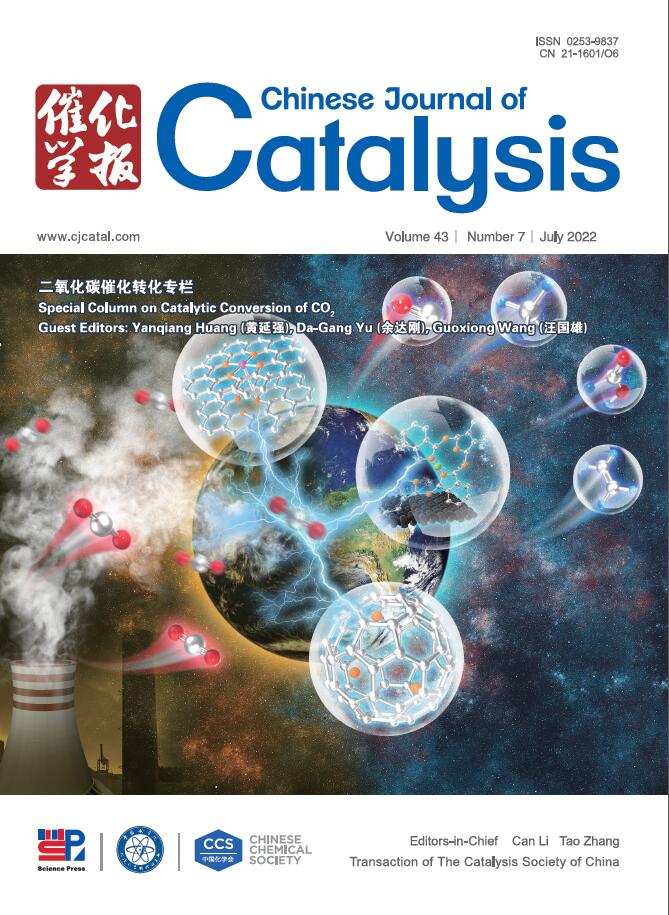Cation and anion modulation activates lattice oxygen for enhanced oxygen evolution
IF 15.7
1区 化学
Q1 CHEMISTRY, APPLIED
引用次数: 0
Abstract
Oxygen evolution reaction (OER) is often regarded as a crucial bottleneck in the field of renewable energy storage and conversion. To further accelerate the sluggish kinetics of OER, a cation and anion modulation strategy is reported here, which has been proven to be effective in preparing highly active electrocatalyst. For example, the cobalt, sulfur, and phosphorus modulated nickel hydroxide (denoted as NiCoPSOH) only needs an overpotential of 232 mV to reach a current density of 20 mA cm–2, demonstrating excellent OER performances. The cation and anion modulation facilitates the generation of high-valent Ni species, which would activate the lattice oxygen and switch the OER reaction pathway from conventional adsorbate evolution mechanism to lattice oxygen mechanism (LOM), as evidenced by the results of electrochemical measurements, Raman spectroscopy and differential electrochemical mass spectrometry. The LOM pathway of NiCoPSOH is further verified by the theoretical calculations, including the upshift of O 2p band center, the weakened Ni–O bond and the lowest energy barrier of rate-limiting step. Thus, the anion and cation modulated catalyst NiCoPSOH could effectively accelerate the sluggish OER kinetics. Our work provides a new insight into the cation and anion modulation, and broadens the possibility for the rational design of highly active electrocatalysts.
求助全文
约1分钟内获得全文
求助全文
来源期刊

Chinese Journal of Catalysis
工程技术-工程:化工
CiteScore
25.80
自引率
10.30%
发文量
235
审稿时长
1.2 months
期刊介绍:
The journal covers a broad scope, encompassing new trends in catalysis for applications in energy production, environmental protection, and the preparation of materials, petroleum chemicals, and fine chemicals. It explores the scientific foundation for preparing and activating catalysts of commercial interest, emphasizing representative models.The focus includes spectroscopic methods for structural characterization, especially in situ techniques, as well as new theoretical methods with practical impact in catalysis and catalytic reactions.The journal delves into the relationship between homogeneous and heterogeneous catalysis and includes theoretical studies on the structure and reactivity of catalysts.Additionally, contributions on photocatalysis, biocatalysis, surface science, and catalysis-related chemical kinetics are welcomed.
 求助内容:
求助内容: 应助结果提醒方式:
应助结果提醒方式:


